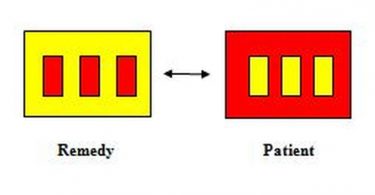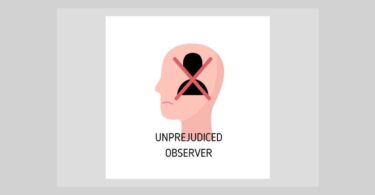Edited by Péter Hassmann / Translated by: Tibor Sebestény
This series was driven by how we could give advice based on remedies that can be easily obtained and used. One such useful remedy is Oscillococcinum. Usually we can find it even in those pharmacies which do not sell homeopathic remedies otherwise. Boiron registered it and this remedy reached the highest sales volume of all homeopathic remedies. The remedy is made from the ‘muscovy duck’, also called ‘Anas Barbariae’.
Peter Fraser wrote a book, titled “Birds”, about the homeopathic remedies made from different kind of birds’ feathers or a drop of their blood. In his book he states that Oscillococcinum is similar to the Carconisinum nosode. “The remedy indicates a gentle picture of Carcinosinum. It is worth using if the patients’ reaction to Carcinosinum would be too intense.”
Because the remedy did not have a regular proving, its symptoms were collected mainly by practical experiences of those who took the remedy. “Oscillococcinum is mainly used in colds or in the initial phase of influenza by most people. … Influenza symptoms of the remedy are as follows: fever, cold shivering, shattered sensation, throbbing headache, pain of the sinuses, stopped up nose, coryza and sneezing. The lungs may also be affected along with dry, painful cough, with hoarseness and loss of voice. …. Digestive problems may also occur…., distension in the abdomen, painful cramps, putrid, forcible diarrhoea… The patient is anxious, pale and very chilly. Usually warmth and rest ameliorates all symptoms.”
The remedy has many mental symptoms that are characteristic of this epidemic, such as fears and compulsive behaviour. Fraser writes: “It is typical that, many times and for a long time, the patient is anxious, with no reason whatsoever, about either herself/himself or about her/his family. The patient desires tidiness and neatness, and has fear of dirt and untidiness. If the patient’s fear of dirt or diseases becomes extreme, then compulsive symptoms can show up, eg. in the form of excessive handwashing. At this pathological level the patient may even reject handshaking and touching others.”
Therefore, no other medicine is available at home or we cannot buy anything else, we can immediately use this remedy when the mildest typical symptoms of influenza appear, or when in an epidemic situation we have anxiety or fear.
It can easily be understood why homeopathy is looking for the most suitable remedy for influenza among the bird remedies. I am quoting Fraser again: “Birds are related to influenza in many ways. In the past, all massive influenza pandemics started off with the bird populations. … The symptoms of the influenza are mainly similar to that of the birds, so that it is not surprising that the most popular influenza remedy, Oscillococcinum, is also made from a bird.”
There is another peculiar timely relevance of the remedy. Again Fraser wrote: “The homeopathic remedy is made from the animal’s liver and heart that have been in an incubator for forty days.” The word “quarantine” originated from the Italian expression of “forty days”, i.e. “Quaranta giorni”. This is the time a merchant-ship had to wait in the port of Venice in the 14th century, in order to establish that the ship was not bringing in any disease along with her commodities.
There had already been a tradition of this earlier when Hippocrates already wrote that all acute diseases show up within forty days. Towards the end of the first millennium AD, a Persian physician, Ibn Sina, introduced the forty-day waiting period into the history of healing. In ancient Persian language he called his method “the forty”.
Béla Hamvas wrote in his paper “One drop from the perdition” about forty-day fasting: ”Adam lived for forty years in the paradise, Israel and was wondering for forty years. Jesus was in the desert for forty years. Christ was laying in the grave for forty hours.” And we may also add to it, that we are born after 40 weeks frome conception, Buddha was meditating under the trees for forty days before his enlightenment. So forty is a mystical number, and forty days is not just mere waiting time but the period of a great transformation, the mystical turn, the period for transformation, offering the possibility of transubstantiation. Or the downfall as a possibility.
So, the most common and best-known homeopathic influenza remedy – by way of preparing it – can be related to the mystical state of shamanic hell-going; being broken into pieces and to reconstruction, the life between worlds, the life of an embryo, the after birth isolation or the temptation in the desert. This remedy may include the power of forty days and the healing power hidden in the birds.
It appears that the forty days is not avoidable. We must go through those internal processes of what the forty day is meant for. But in order to stay healthy the duck helps, as the healing power of a sacrificial animal that was transformed by potentisation.
2





Not sure that Jesus was in the desert for 40 years being that history says he was executed at age 33.